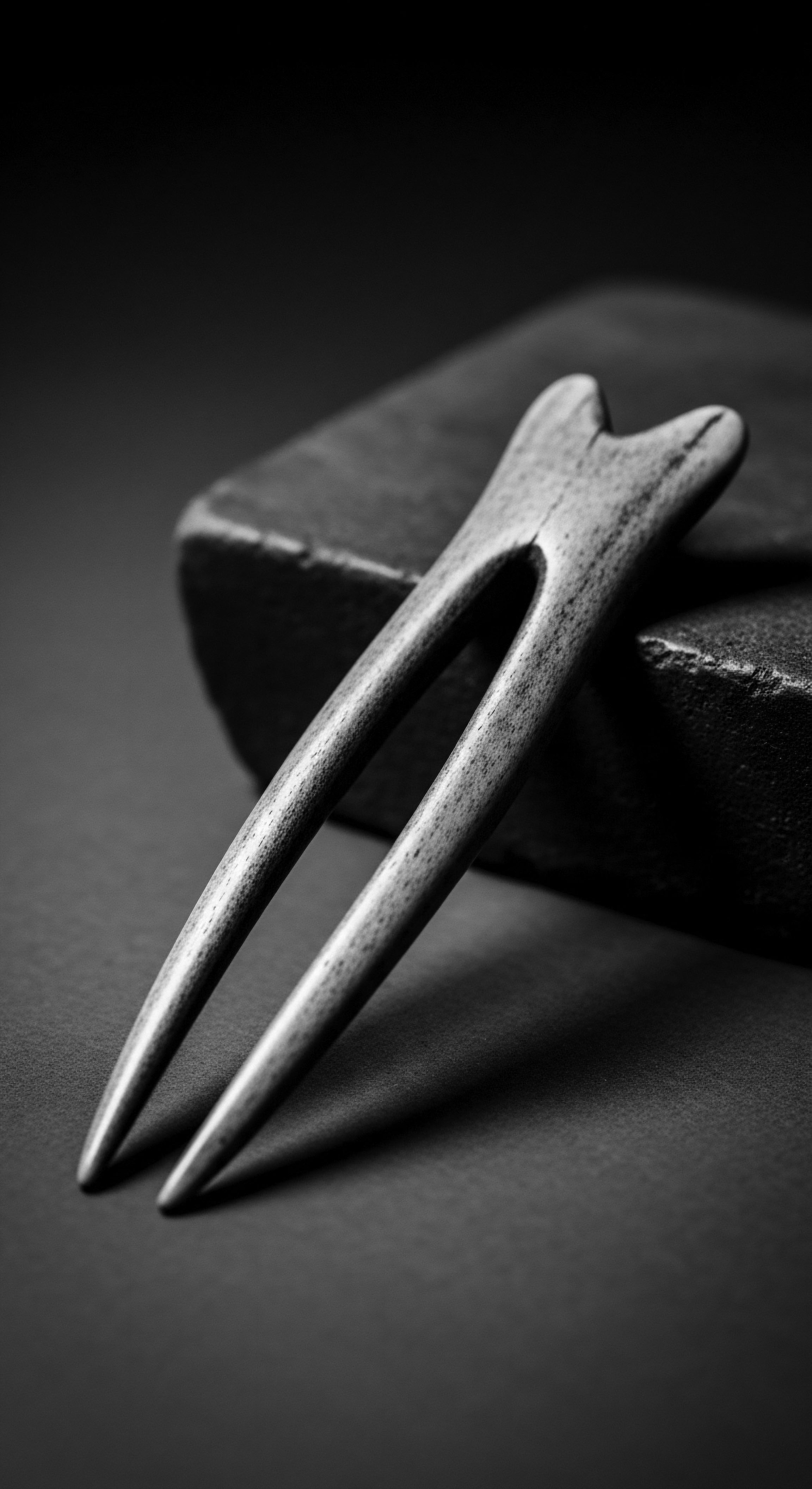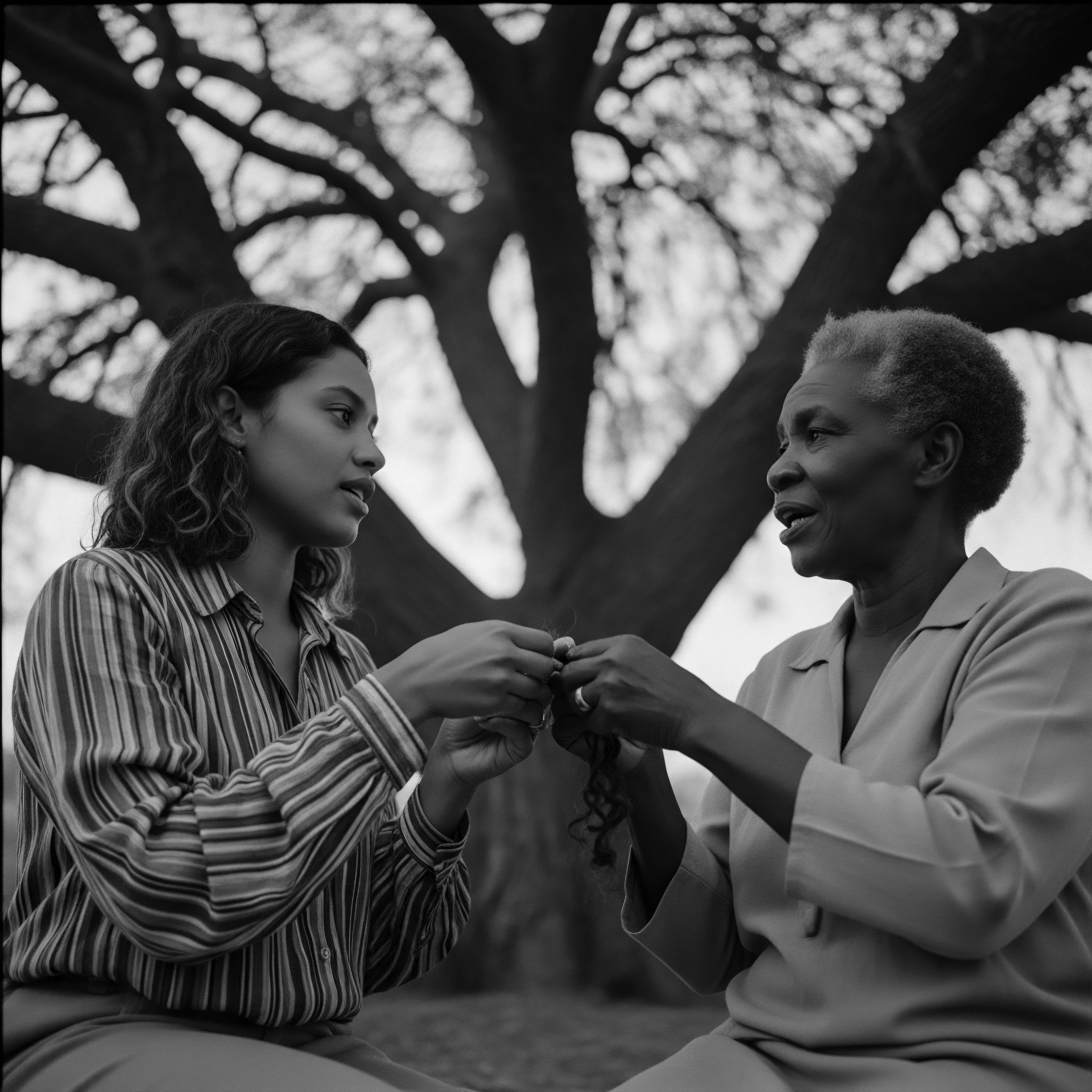
African Gourd Lore
Meaning ❉ African Gourd Lore signifies the deep ancestral knowledge and practices surrounding calabash gourds, intrinsically linked to the cultural care and identity of textured hair.
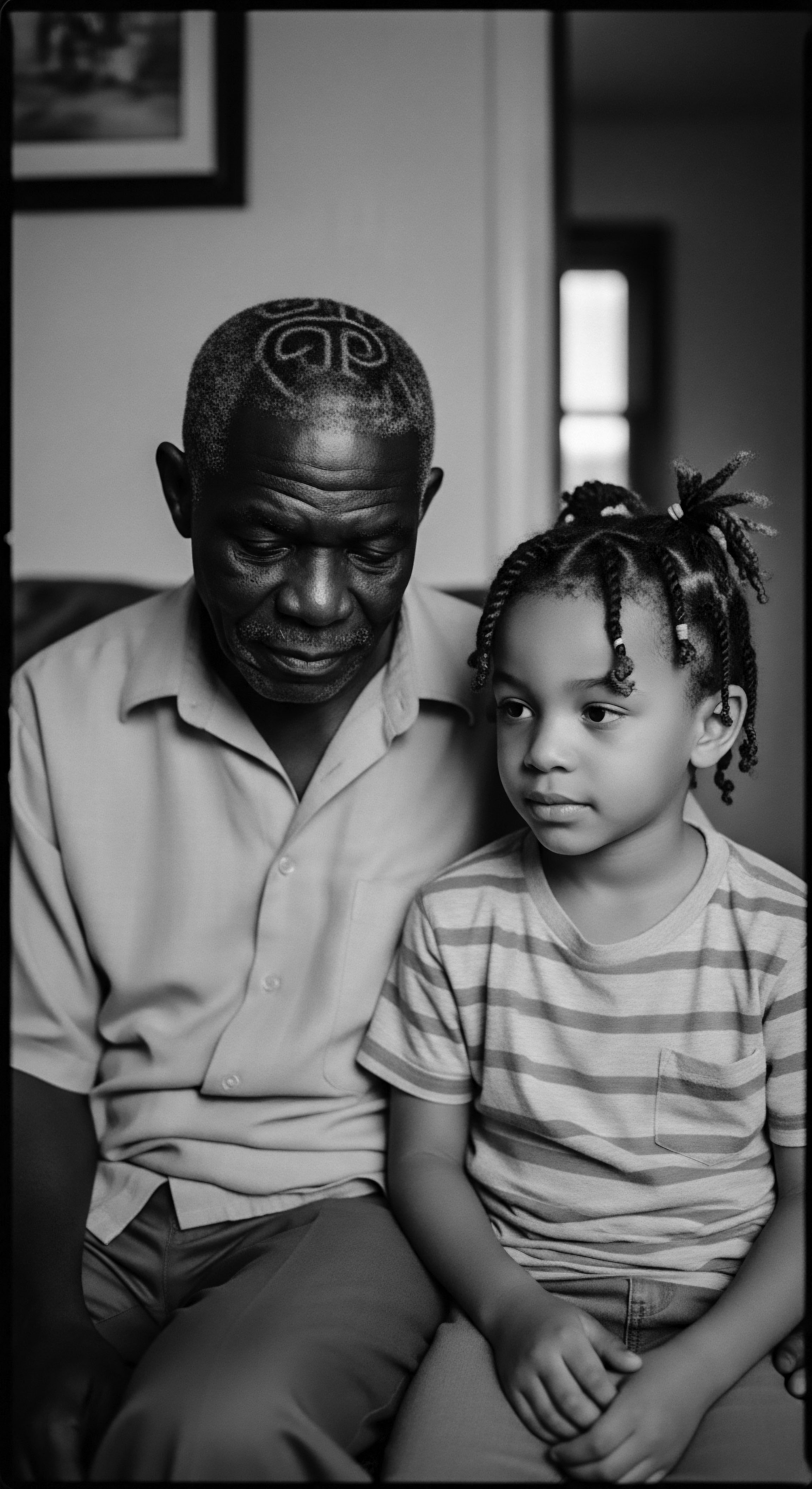
Melanin Traits
Meaning ❉ Melanin Traits define hair's color, structural integrity, and photoprotective capabilities, deeply rooted in Black and mixed-race hair heritage.
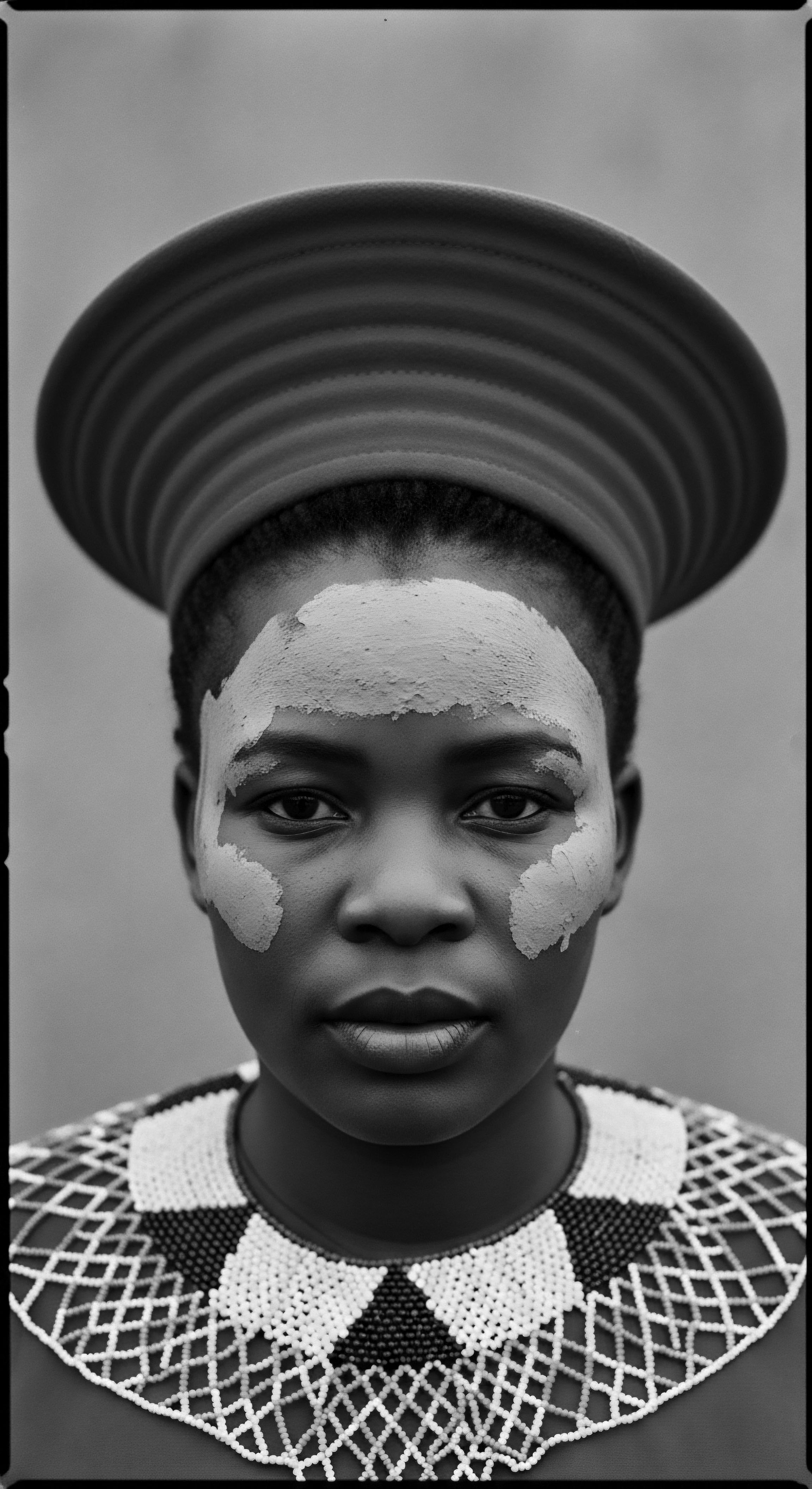
African Gourd Heritage
Meaning ❉ The African Gourd Heritage signifies the historical and cultural role of gourds in ancestral textured hair care, embodying resilience and traditional wisdom.
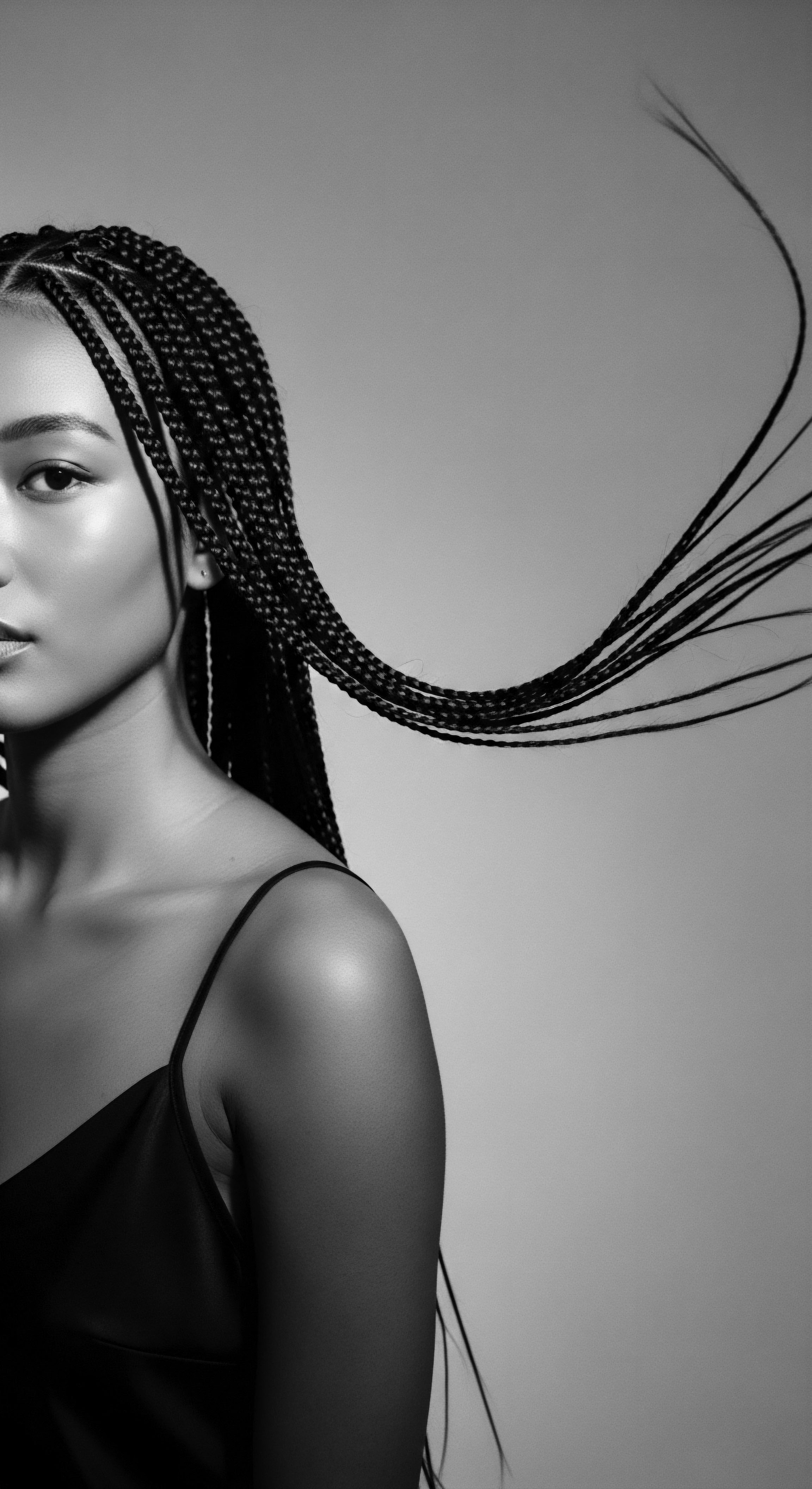
Juglone Pigment
Meaning ❉ Juglone pigment, derived from walnuts, is a natural colorant for textured hair, connecting contemporary care with ancestral traditions of beauty.
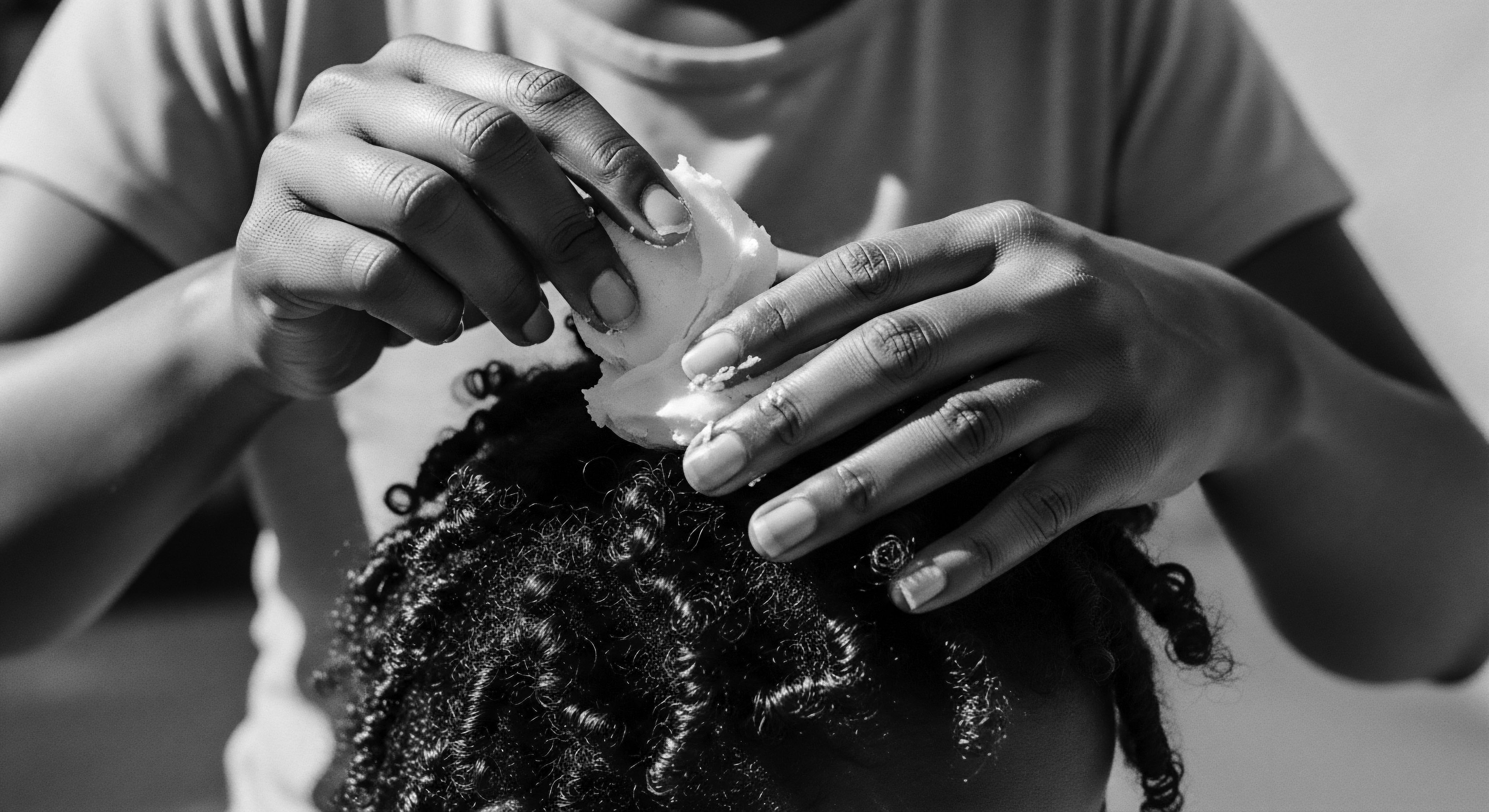
Coily Hair Vulnerability
Meaning ❉ Coily Hair Vulnerability denotes the inherent delicacy and socio-historical challenges facing tightly coiled textures, calling for culturally attuned care.

Calabash Hair
Meaning ❉ Calabash Hair represents the inherent strength, unique structure, and deep cultural connection of highly textured hair to ancestral wisdom.
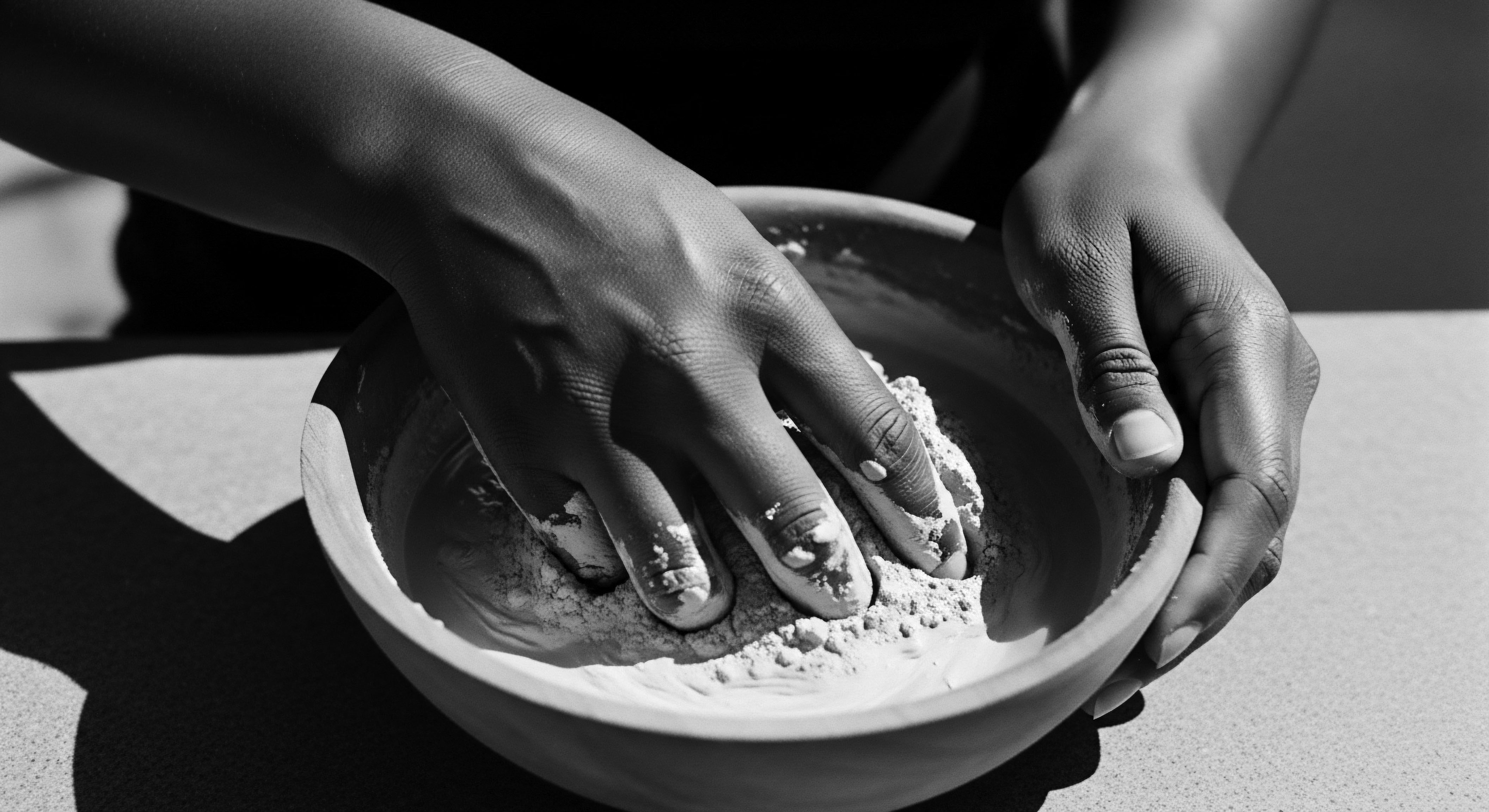
Eugenol Hair Health
Meaning ❉ Eugenol Hair Health defines the beneficial effects of eugenol, primarily from cloves, on scalp and textured hair, rooted in ancestral wisdom and validated by science.
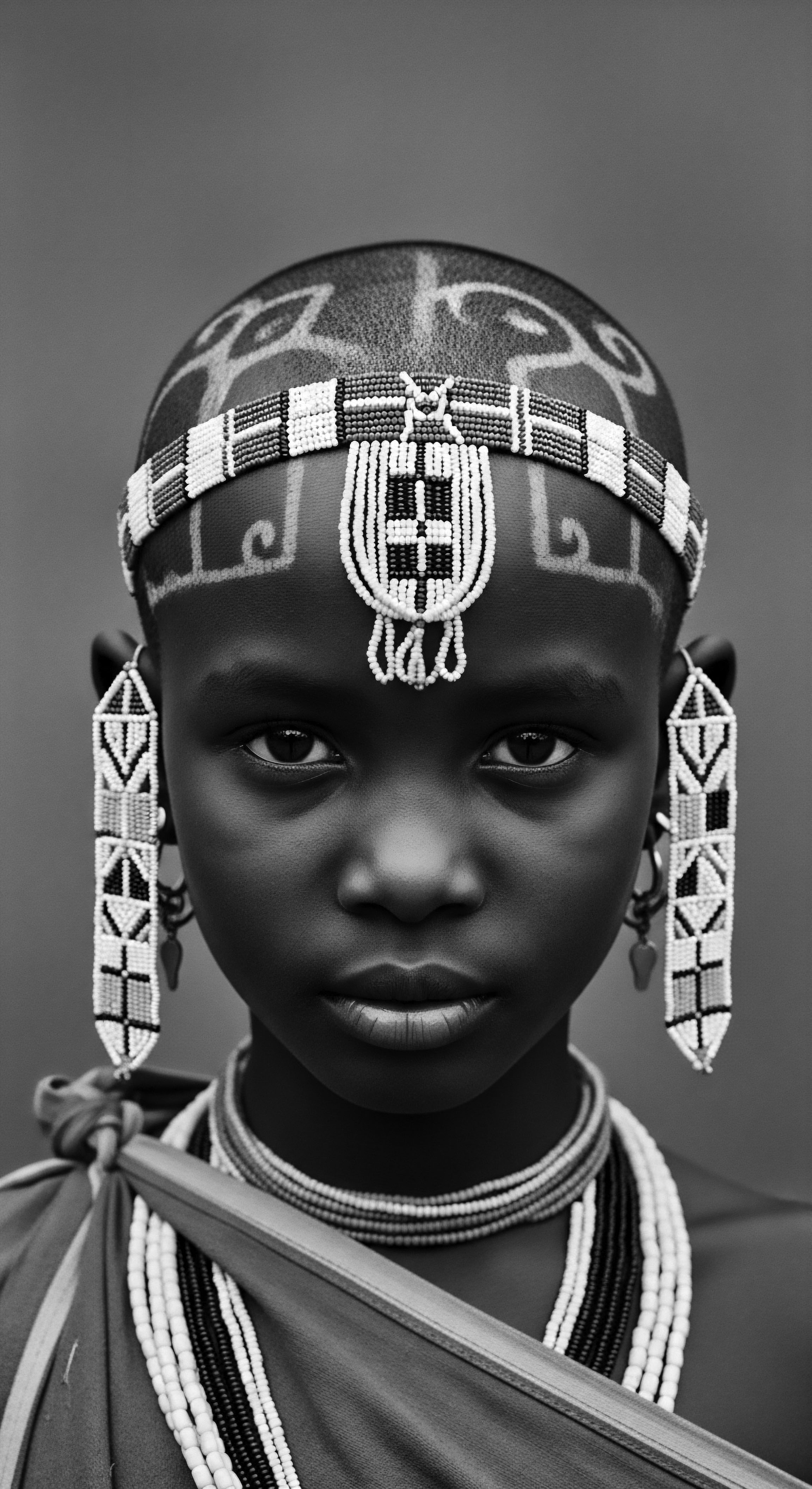
How does communal hair care strengthen Black identity?
Communal hair care solidifies Black identity by preserving ancestral practices, fostering intergenerational bonds, and affirming a distinct textured hair heritage.
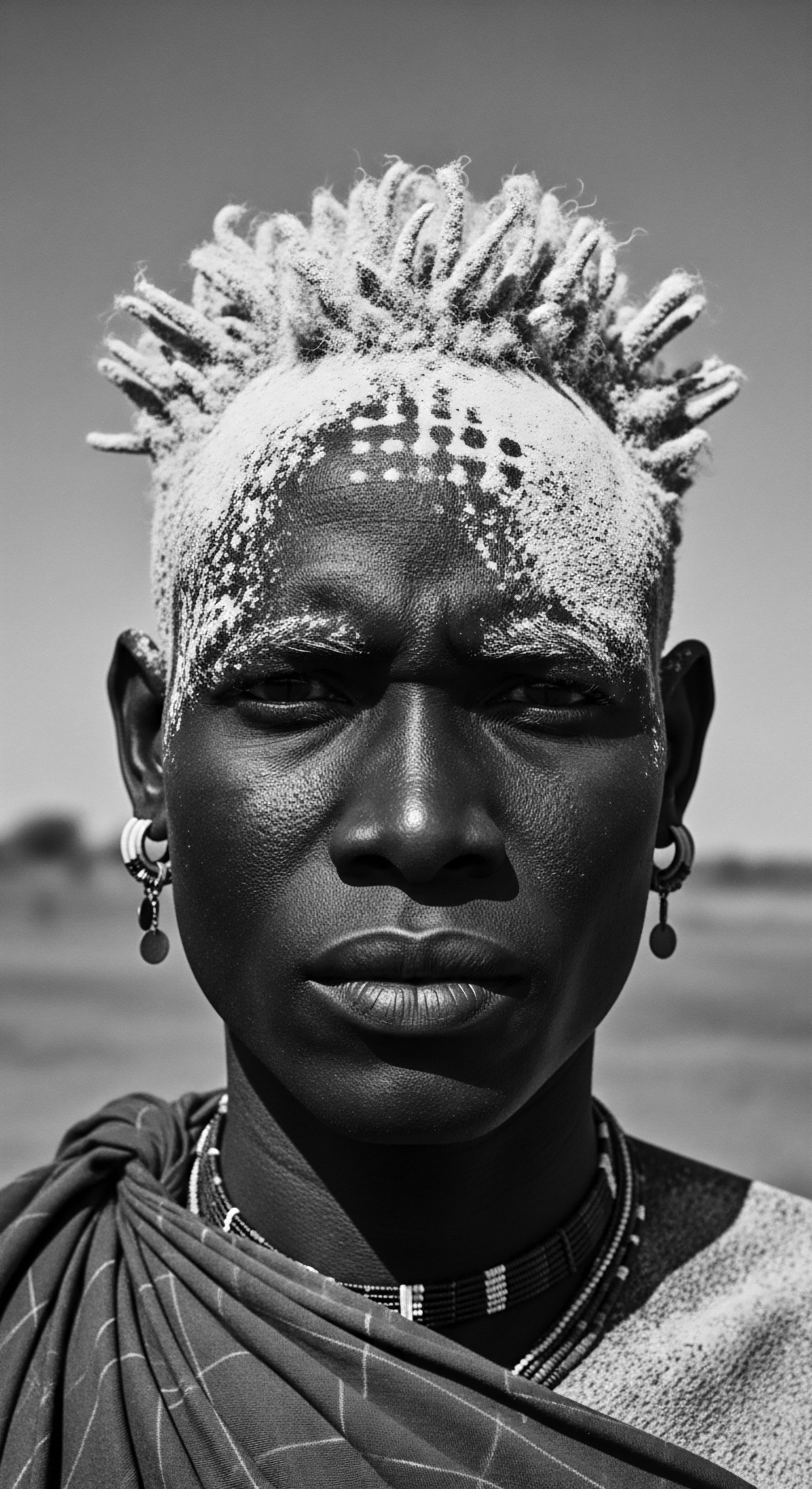
Communal Hair
Meaning ❉ Communal Hair is the deep recognition of hair, particularly textured hair, as a collective vessel for identity, shared wisdom, and interconnected histories within a community.
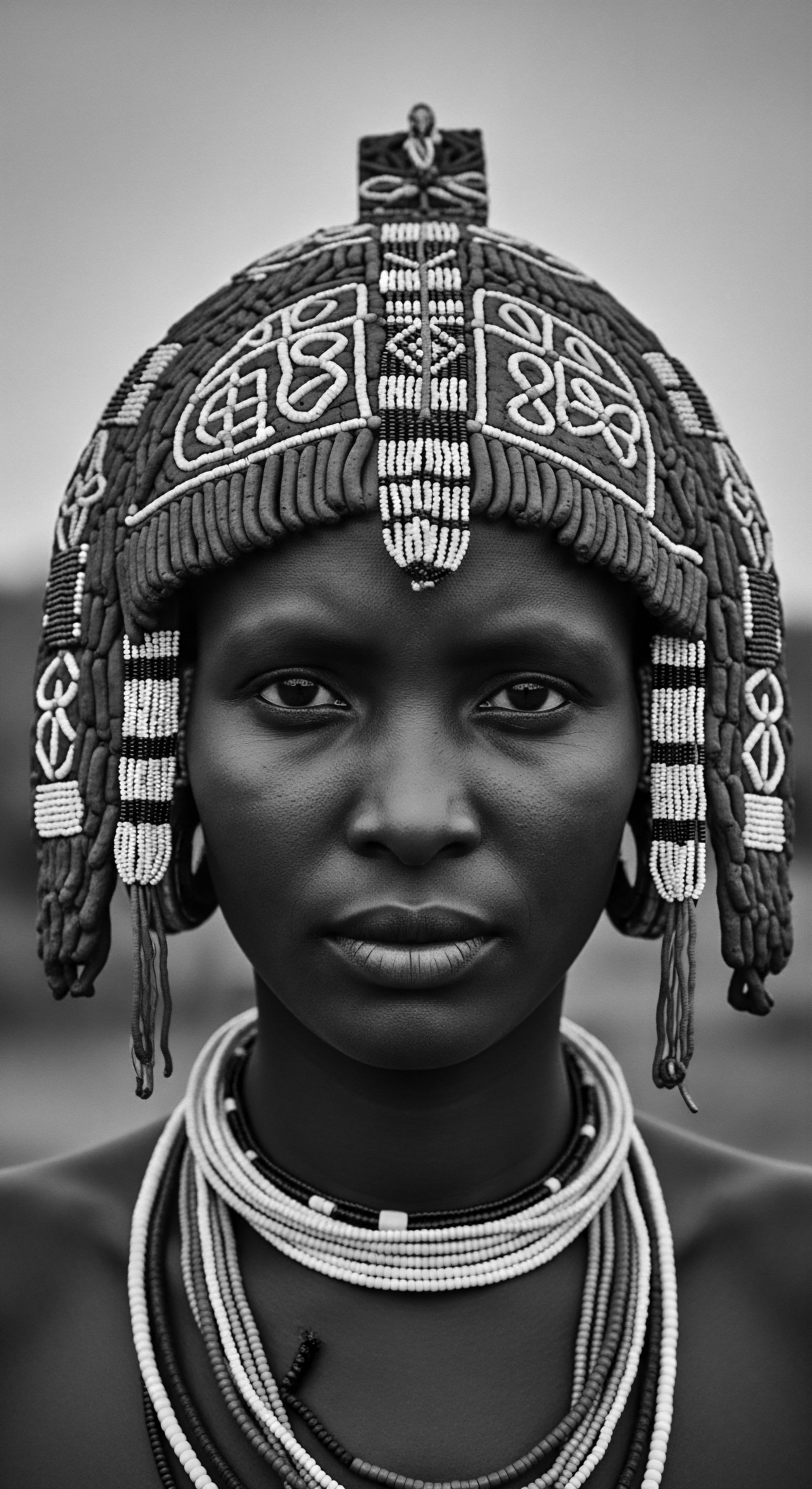
Wigs Kemet
Meaning ❉ Wigs Kemet is the ancestral archetype of hair care and adornment from ancient Egypt, deeply informing textured hair heritage.

